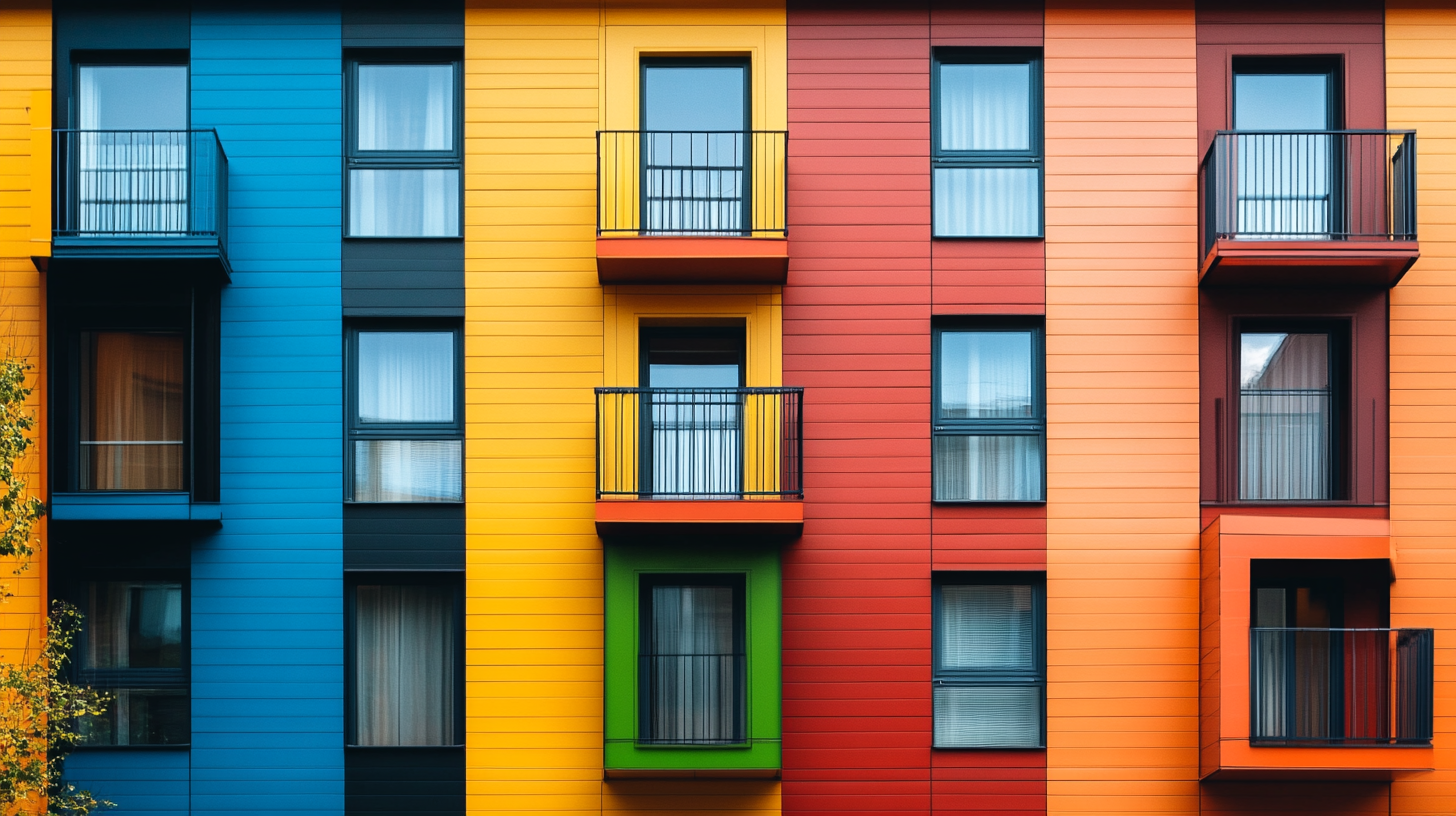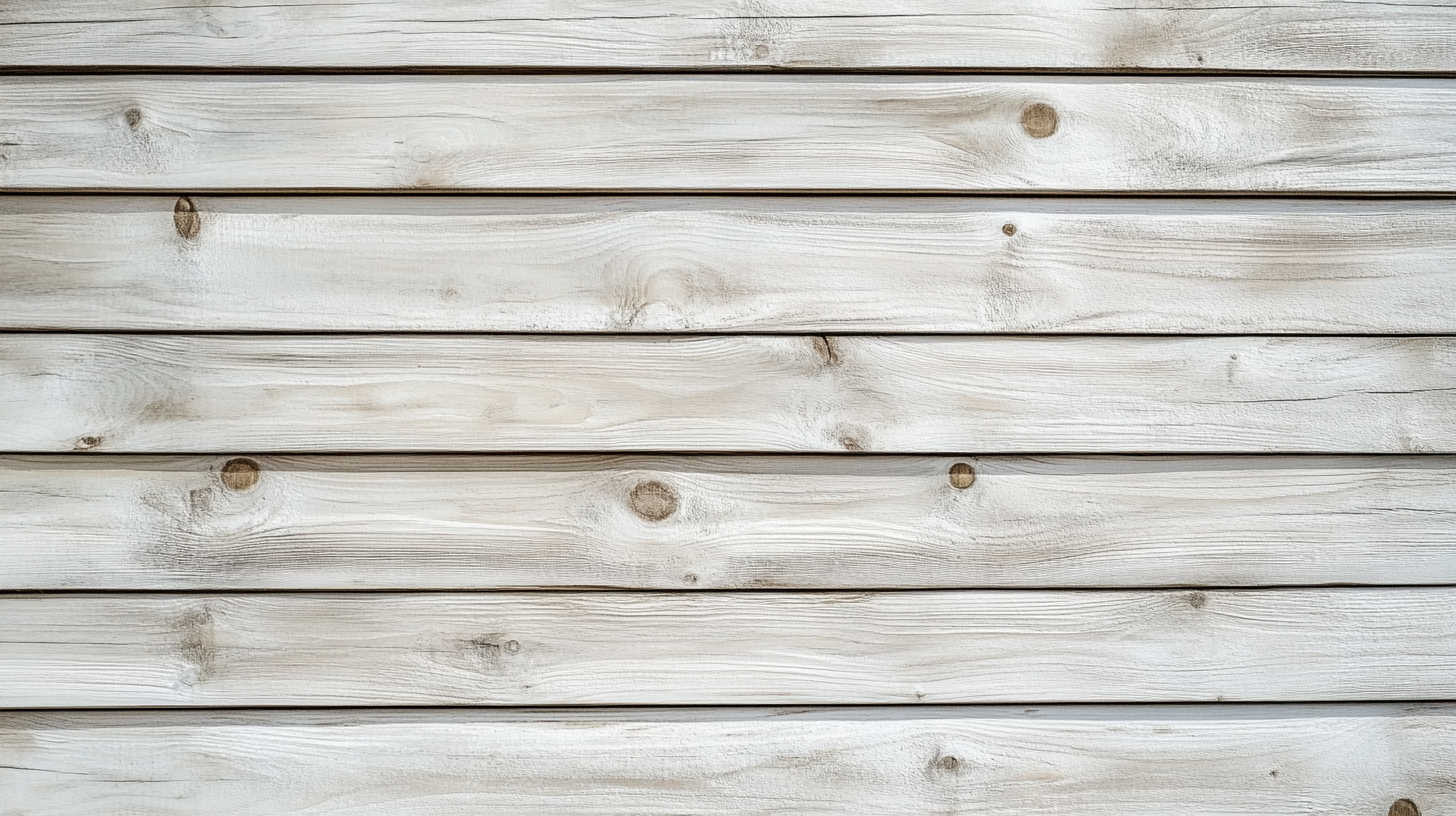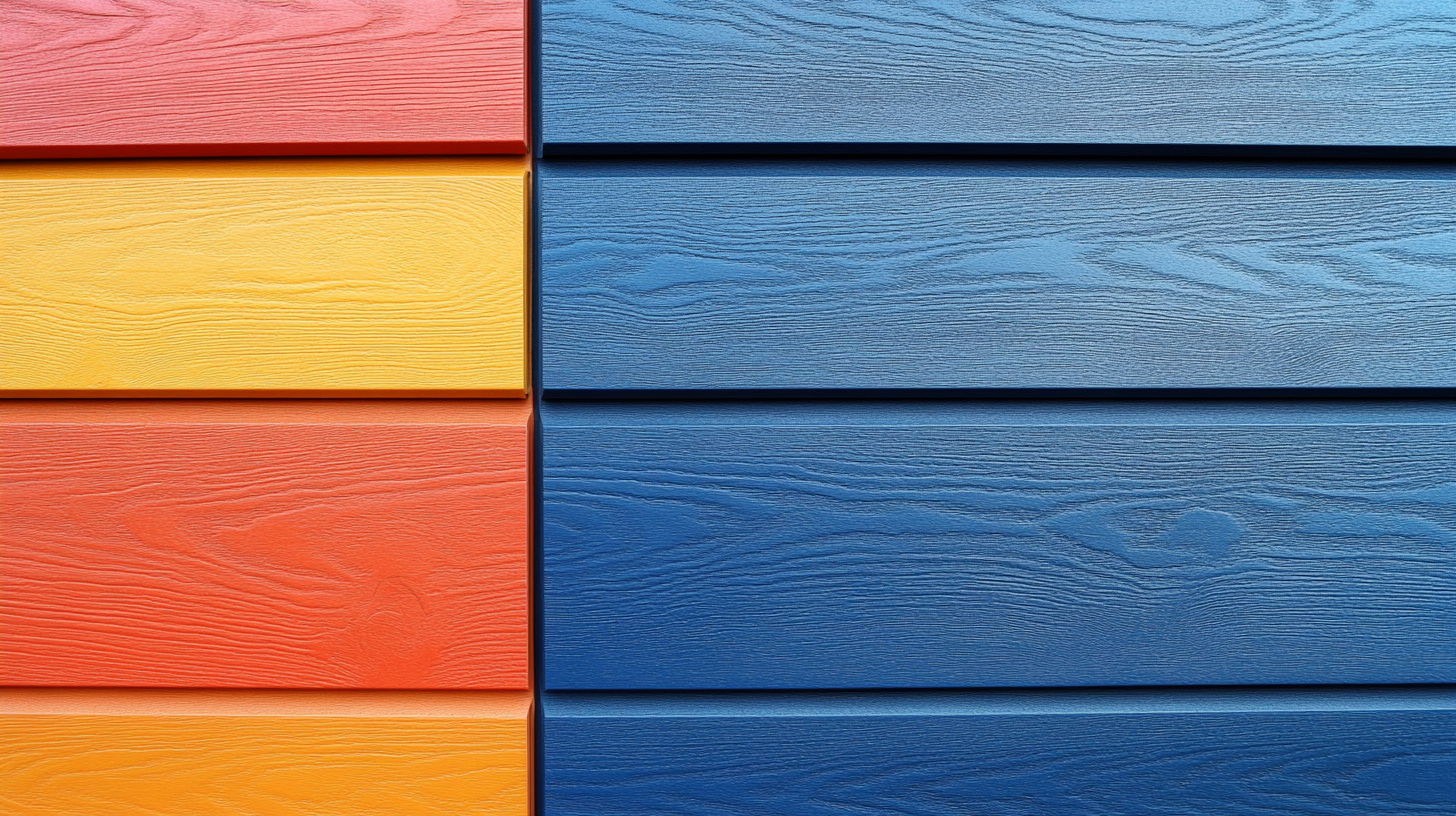
In the ever-evolving world of construction and design, Plastic Shiplap Cladding has emerged as a popular choice for both aesthetic appeal and functional durability. As global buyers seek innovative solutions, understanding the certification process for this material becomes crucial. With its resistance to weather elements and low maintenance requirements, Plastic Shiplap Cladding is revolutionizing exterior finishes and providing homeowners with a sustainable option. However, navigating international standards can be complex, and staying informed is key to making educated purchasing decisions.
This blog aims to shed light on the essential factors that influence the certification of Plastic Shiplap Cladding, offering valuable insights for buyers worldwide. By exploring the criteria that determine quality and compliance, we will empower consumers to recognize trustworthy products and brands. Whether you're an architect, builder, or homeowner, being knowledgeable about these factors will not only enhance your projects but also support a more sustainable approach to construction. Join us as we delve into the vital aspects of Plastic Shiplap Cladding certification that every global buyer should consider.

In recent years, the construction industry has seen a significant shift toward sustainable materials, with plastic shiplap cladding gaining immense popularity among global buyers. As environmental concerns escalate, builders and architects are increasingly opting for this innovative cladding solution, which not only offers durability but also minimizes the ecological footprint. This trend underscores a larger movement towards eco-friendly construction practices, allowing stakeholders to meet both modern design standards and environmental regulations. One of the key factors driving the global demand for plastic shiplap cladding is its versatility. With a range of styles and colors available, architects can seamlessly integrate this cladding into various architectural designs, from contemporary homes to classic buildings. Additionally, the low maintenance requirements associated with plastic materials appeal to both builders and homeowners, making it an attractive option for long-term investment. As more regions adopt sustainable building codes, it’s likely that the demand for such adaptable solutions will only increase. Furthermore, advancements in technology have enhanced the performance and aesthetic appeal of plastic shiplap cladding. Manufacturers are innovating to improve the material's resistance to weathering, UV exposure, and pests, ensuring that it not only looks good but also withstands the test of time. This technological evolution is met with growing interest from global buyers who prioritize quality and longevity in their construction projects. As the industry continues to evolve, understanding these key trends will empower buyers to make informed choices that align with their sustainability goals.

When selecting plastic shiplap cladding, understanding the relevant certification standards is paramount for global buyers. ASTM (American Society for Testing and Materials) and ISO (International Organization for Standardization) are two widely recognized bodies that establish crucial guidelines for the durability, safety, and environmental impact of cladding materials. ASTM standards focus primarily on the performance and testing methods specific to various materials, ensuring that they can withstand harsh weather conditions and other stresses over time.
In contrast, ISO standards emphasize quality management, environmental sustainability, and safety, providing a broader framework that applies across different countries and markets. For manufacturers and buyers alike, familiarity with these standards not only assures compliance but also enhances product credibility. Buyers should verify that the plastic cladding products meet these established criteria, which can significantly influence their marketability and performance in diverse climates and applications.
Ultimately, choosing plastic shiplap cladding certified under both ASTM and ISO standards offers buyers greater assurance of quality and durability. By understanding the nuances of these certifications, global buyers can make informed decisions that align with their specific project requirements, ensuring both aesthetic appeal and structural integrity in their building endeavors.

The global plastic cladding market is experiencing significant growth, driven largely by heightened environmental regulations that underscore sustainability. According to a recent report by Fortune Business Insights, the plastic cladding market is projected to reach USD 33.18 billion by 2028, growing at a CAGR of 5.5% from 2021. This surge is largely influenced by stricter environmental policies aimed at reducing carbon footprints and promoting energy efficiency in building materials.
Environmental regulations are compelling manufacturers to innovate and develop eco-friendly solutions that align with these guidelines. Governments worldwide are implementing standards that mandate the use of sustainable materials, which has sparked a transition towards recyclable and low-emission plastics in construction. The European Union's Circular Economy action plan, for example, emphasizes the importance of sustainability in product design and waste reduction, creating a ripe environment for the proliferation of plastic shiplap cladding products that meet these criteria.
Additionally, the demand for sustainable building solutions is not only a response to regulations but also a reflection of consumer preferences. A survey by the Global Sustainability Institute indicates that 73% of consumers are willing to pay more for products that are environmentally friendly. This shift in mindset encourages manufacturers to focus on compliance with environmental regulations while enhancing the performance and aesthetics of their products. As a result, we see a blend of compliance and innovative design that is reshaping the landscape of the plastic cladding market on a global scale.

When considering exterior cladding options, buyers are increasingly turning to plastic shiplap as a modern alternative to traditional wood. This comparative analysis reveals key performance differences between the two materials, offering insights for global buyers looking to make informed decisions.
Plastic shiplap boasts superior durability compared to wood. Unlike its wooden counterparts, plastic does not warp, crack, or succumb to rot due to moisture exposure. This resilience makes plastic an ideal choice for regions with fluctuating weather conditions or high humidity. Additionally, plastic shiplap requires minimal maintenance, freeing homeowners and builders from the recurrent task of painting or treating the material to prevent deterioration.
On the other hand, traditional wood shiplap offers aesthetic charm and warmth that many homeowners find appealing. Wood is often favored for its natural look and feel, contributing to a rustic or classic architectural style. However, maintaining its appearance can be labor-intensive, as wood requires regular painting or staining to protect it from the elements, which can lead to increased long-term costs.
In conclusion, while both plastic and traditional wood shiplap have their unique advantages, plastic's durability and low-maintenance needs position it as a strong contender for buyers prioritizing longevity and ease of care. As the market for building materials evolves, understanding these comparative performances will empower buyers to choose the cladding that best suits their needs and environments.
In the realm of construction, project managers are increasingly focused on maximizing cost-effectiveness over the lifespan of building projects. Certified plastic shiplap cladding presents a compelling solution, offering durability and reduced maintenance costs that traditional materials often cannot match. According to a report by the Global Institute of Building Technology, projects utilizing certified plastic shiplap can see a decrease in long-term maintenance expenses by as much as 30%, directly impacting overall project budgets.
The initial outlay might be higher compared to conventional wood or vinyl cladding; however, the longevity of certified plastic shiplap—estimated to outlast wood by over 50%—enables substantial savings in replacement and repair costs over time. In an analysis by the Sustainable Building Coalition, the total cost of ownership for building materials has shifted, with a growing emphasis on the importance of lifecycle assessments that factor in long-term performance and sustainability.
Moreover, the environmental benefits associated with certified plastic shiplap cannot be ignored. With sustainability becoming a key concern for global buyers, studies, such as those conducted by the Eco-Friendly Building Association, indicate that using certified materials can reduce a building's carbon footprint by as much as 25%. This not only appeals to environmentally conscious consumers but also aligns with regulatory trends favoring green construction practices. As the construction industry evolves, cost-effective solutions like certified plastic shiplap will likely become essential in meeting both financial and environmental goals.
